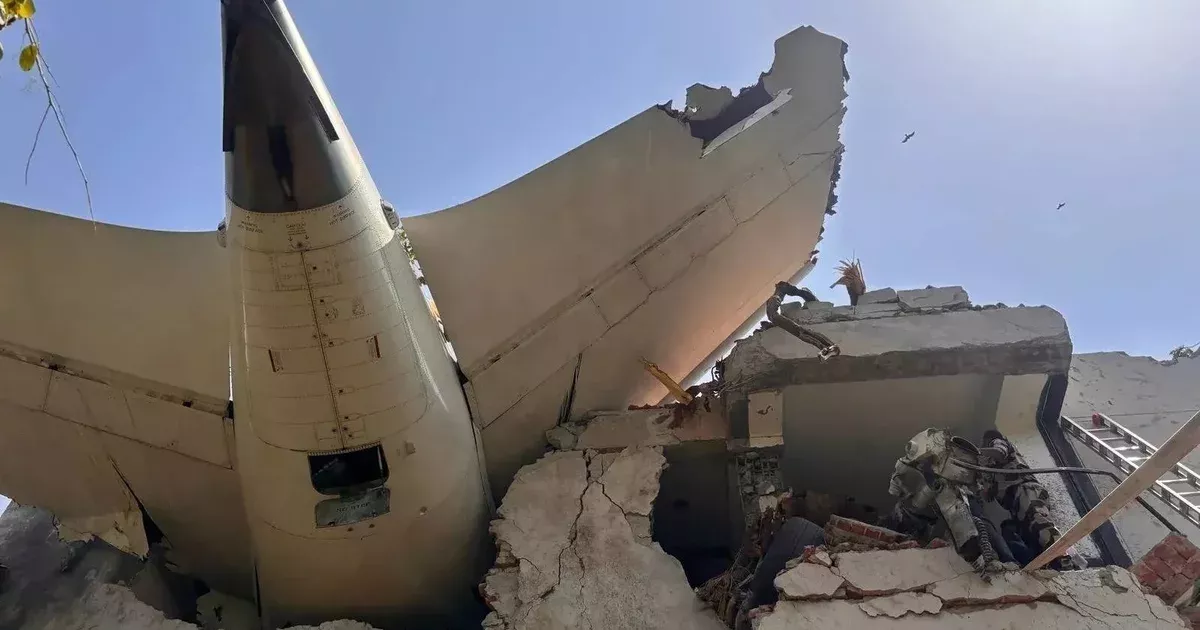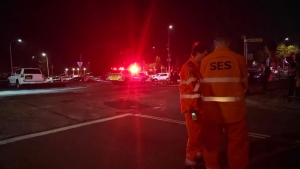
An Air India Boeing 787 Dreamliner flight from Ahmedabad to London crashed less than a minute after takeoff. This was reported by Zamin.uz.
This tragedy caused a significant stir in global aviation. A month later, the Indian government released preliminary findings from the investigation.
The 15-page report noted that both main engines of the aircraft failed simultaneously, resulting in a loss of lift. As a result, the aircraft crashed to the ground within 40 seconds.
The most important question is – why did the engines stop? How did the fuel transfer switches go from "on" to "off"?
The report indicates that both fuel transfer switches were set to "cut-off" when the flight began. This is a practice typically used when the aircraft is on the ground and is not allowed in the air.
The likelihood of such a mistake being made by experienced pilots is very low. The aircraft commander, Sumit Sabharval, has over 15,000 hours of flight experience, and the co-pilot, Klayv Kunder, is a qualified pilot with 3,400 hours of flight time.
Therefore, the chance of such a mistake occurring accidentally is almost nonexistent. In a radio conversation between the pilots, when asked, "Why did you turn off the engines?" the co-pilot responded, "I didn't do that."
It is unclear who asked and who answered, but this conversation suggests that human factors may be involved. Additional backup systems on the aircraft – the air turbine and auxiliary generator – were activated, but they were unable to provide sufficient lift to continue the flight.
Although the first engine restarted, the second did not connect in time, resulting in the aircraft being unable to stop its descent. Among aviation experts, there are opinions that the wing's trailing edge (flap) may have been incorrectly positioned during the assembly of the aircraft's fuselage.
This reduces the wing's lift capability at low speeds and destabilizes the aircraft. Other theories are also being considered, such as bird strikes, fuel contamination, or malfunctions in the engine control system.
The official investigation team from India does not directly blame Boeing and General Electric for the crash. No serious defects were found in the aircraft and its equipment.
The investigation is ongoing, and it will take several more months for detailed conclusions to be drawn. For now, it is assumed that human factors played a significant role in the crash.
As a result of the tragedy, 260 people lost their lives. There were 241 passengers and crew members on board, and the number of fatalities on the ground was determined later.
Only one passenger survived and was hospitalized in shock. In conclusion, the main question remains – who turned off the two fuel transfer switches and why?
The public, experts, and the victims' relatives are awaiting clear answers to these questions. How such a disaster occurred in a modern aircraft like the Boeing 787 Dreamliner is still unclear.
This incident should serve as an important lesson for the global aviation safety system. All factors must be thoroughly and impartially examined to prevent mistakes from being repeated.







